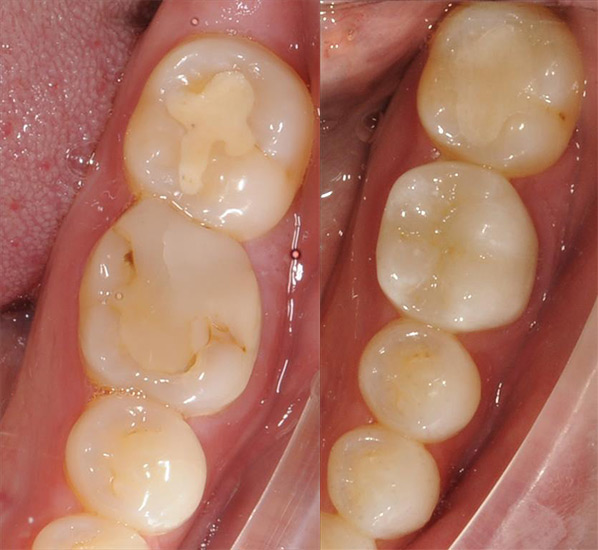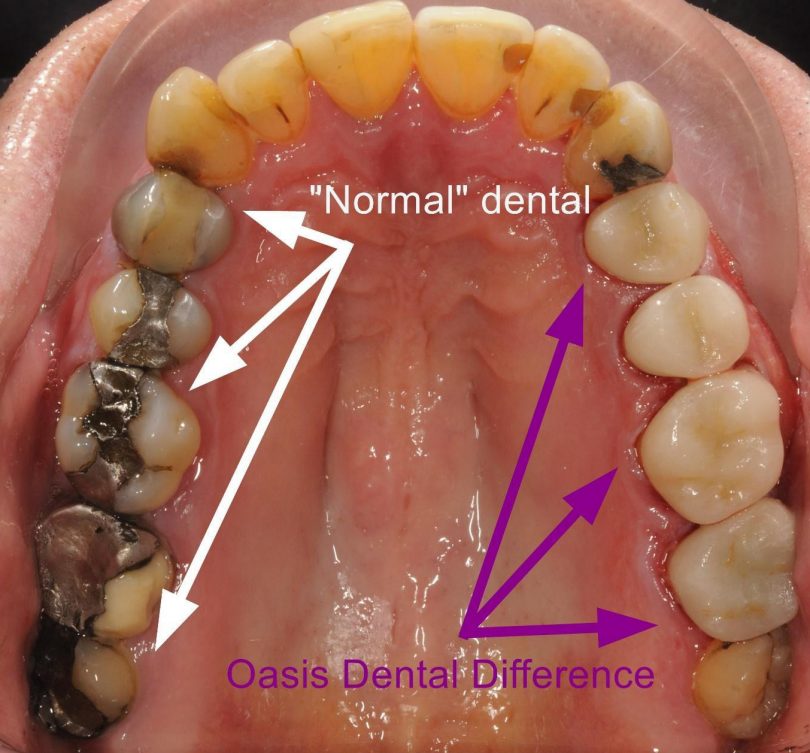
Oasis Dental owner Dr Rick Luu. Photo: Michelle Kroll.
Did you know the term ‘filling’ is not a recognised dental term?
A filling is exactly what it sounds like – something that ‘fills’ in a hole. The correct term is dental restoration. A restoration is supposed to ‘restore’ something to its original form and function.
So are we just playing with words? Unfortunately not.
In the 20-plus years since I graduated, it seems the prevalence of ‘fillings’ has increased and a proper dental restoration is now as rare as the proverbial hen’s teeth (pardon the dental pun).
Fillings don’t do much more than fill a hole, and in nearly all the cases I have seen, cheap, quick and badly placed fillings actually do more harm.
Keeping your teeth healthy comes down to one thing: maintenance.
Your teeth are the best they will ever be in their virgin state, with no holes and no damage, and therefore no repairs required. We know most problems occur because we inadequately maintain our teeth, usually through poor oral hygiene practices.

An example of a filling (left) compared to a dental restoration (right). Photo: Oasis Dental.
Imagine when a tooth gets a cavity and a filling is placed that does not adequately seal off the hole so bacteria can still get in. Add to this if the filling is not smooth or rounded like your teeth, bacteria will have a nice little overhang, crevice or corner to hide in, protected from any attempts you may make at cleaning them off.
Sometimes a filling leaves a gap between the teeth where food gets jammed and is difficult to dislodge, feeding these bacteria all day long with no way of getting them out of the area. The end result is the filling is going to fail really quickly and a new cavity is going to form.
We call this leakage or recurrent decay, but unfortunately this new hole is bigger than the original problem ever was and your tooth is one step closer to utter failure, meaning the need for root canal treatment or extraction.
How is dental restoration different? A restoration is not just meant to fill the cavity or hole in the tooth. A proper dental restoration is meant to restore the tooth to its natural form and function. This means taking into account its shape, contours and relationship with neighbouring teeth, as well as opposing teeth – the bite – ensuring you can bite on it without it breaking.

‘Filled’ teeth are likely going to get much worse over time compared to ‘restored’ teeth which are healthy and stable. Photo: Oasis Dental.
When done well, a dental restoration is almost invisible and will look like the tooth has not had any work done to it because the shape and form of the tooth will have been restored to what it should be.
So the important consideration is, do you have ‘filled’ teeth which are likely to get worse over time, or ‘restored’ teeth which are as healthy and as stable as they can be?
For more information, head to Oasis Dental.
This is a sponsored article, though all opinions are the author’s own. For more information on paid content, see our sponsored content policy.














